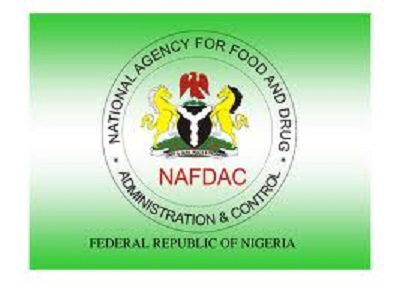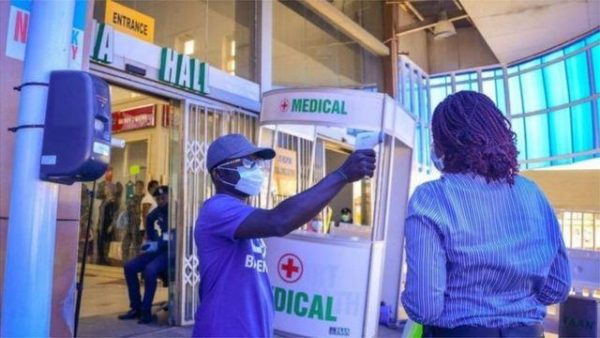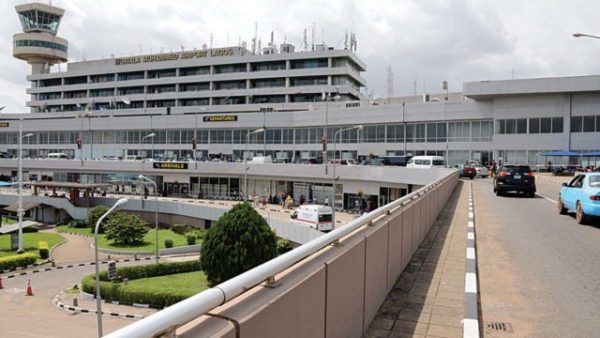How EGRP Can Restore Nigeria’s Economy -Zainab

Nigeria’s Budget and National Planning Ministry is working on a roadmap for the implementation of the National Economic Recovery and Growth Plan. Mrs. Zainab Ahmed, Minister of State for Budget and National Planning analyzes the recovery plan.
The Objective of the Nigeria Economic Recovery and Growth Plan is to bring back the country back to the path of growth. We have projected to attain a growth rate of 7 per cent by the year 2020. We have also planned to make the country more competitive, to enhance and improve the ease of doing business, to increase our productivity. We want our products to do more than meet local needs. We want them to meet the needs of our neighbours and the international community. We are hoping to achieve simple things like being able to eat what we grow and consume what we produce. It may not sound exciting but it’s certainly fundamental. We are a country of about 180 million people. If we can’t feed ourselves then we will not be able to get anything right. If we can’t have a country where there is enough security for people and businesses to go about their legitimate endeavours then we will have missed the essence of governance altogether. The ERGP seeks to ensure that there is macroeconomic stability and we’re going to do this by aligning fiscal, trade, and monetary policies. The three have to work together in harmony for us to reach our growth objectives.
We also plan to diversify the economy. We want to get away from our over dependence on oil and gas, specifically to enhance our foreign exchange earnings so that it isn’t only the oil industry that’s earning the country’s foreign exchange. We want to be able to earn foreign exchange through value addition to solid minerals and also through agriculture so that when we produce, it doesn’t only serve our subsistence needs but serves processing and exports. This way we’ll be able to earn foreign exchange from sources other than oil and gas.
The manufacturing industry has been greatly challenged over a number of years, due to a number of factors including not enough incentive for the industry’s players, a high cost of doing business including the cost of power. So in the ERGP we’ve placed great emphasis on infrastructure. We plan to ensure that there is critical infrastructure required for the industry to grow. The power sector is getting a lot of attention and a lot of funding. We’re also looking at alternative sources of power. We’re looking at the possibilities of harnessing solar energy and even biomass because we have to ensure that power is available for businesses to be able to run and be productive and also to reduce their costs. When these businesses come back on stream the benefits are multiplied several fold. Our productivity increases, we’re able to get more of our citizens employed, when you employ people they are able to spend more and add to the consumption levels in the economy. That is what we require to re-inflate the economy. Infrastructure must work within the very short to medium term basis so that more citizens are employed and engaged, and so that we spend more.
We have also planned to provide special attention to developing small and medium scale enterprises, because our records say that at least 50 per cent of employment comes from SMEs not by government or large scale industries. SMEs must be helped so that they can become more viable, more productive and so that they can engage more people. The ERGP is not a document that was developed entirely from ground zero. We used the vision 2020 document as a base, we also used copiously the change agenda from the ruling party, the APC, we also used the Medium Term Sector framework of the sector ministries. Infrastructure, agriculture, petroleum, solid minerals, we used all of those MTS plans and pulled them together in one document so that there is a single reference point for an investor and businesses who are also making plans. The ERGP is a medium term document and what will be different in the NRGP is the implementation. We have the strongest level of political will in the sense that the President is determined to ensure that all the key initiatives are achieved and the targets are attained. There’s going to be a delivery unit set up in the Presidency. The Ministry of Budget and Planning has a national monitoring and valuation function that is being reinforced and enhanced. We’ll be working with the delivery unit in the presidency and tracking the plan’s progress on a regular basis. We’ll be reporting on the things that work and the things that don’t work, flagging challenges that need to be addressed on a continual basis. That is what makes this ERGP unique and different from other plans.
In terms of accountability to the Nigerian Public and investors, what measures have been put in place for them to track the execution of this Economic Recovery and Growth Plan?
Let me step back a bit. One of the key initiatives of the ERGP is to improve the ease of doing business. The president has set up a presidential council on the ease of doing business and they’re looking at all the regulations that make doing business in Nigeria difficult and a lot of these things are being improved upon. Registration processes; the target is to ensure that within 48 hours a business can be registered. Tax payments are also being addressed in such a way that it is clear what taxes need to be paid so that businesses know what their commitments are so that they can put it into consideration in the planning process. Coming into the country is also being looked at. Business visas are being given within the shortest possible window. As a matter of fact there is a provision for issuance of visas at the point of entry. Once you show that you’re coming into Nigeria with the intention of doing business you can get get a visa at your point of entry. It is important for an investor to know what the regulations are around the industry he is interested in so that he/she can properly ascertain the potential of his business.
Monitoring of the progress of implementation will be a collective effort. It won’t only be the delivery unit in the presidency or the ministry of budget and planning. It will also be civil society working with the government and flagging the progress or lack thereof of projects. We can’t sit in an office and claim to know what is happening in the field on a continuous basis. There has to be engagement of the broader society in each of these projects because after all these projects are for the society. They’re for the citizens. They’re not for the few people in government. So if there’s a project in your community and it isn’t progressing well, you need to speak up, you need to say this contractor is not performing. This contractor is not do well, or even this contractor is damaging our environment. Because by the time the government gets to know about it through a team going out to inspect, perhaps a lot of damage or a lot of delays will have been caused. So it is desirable for us in the Ministry of Budget and National planning to look for ways and means to engage the citizens and bring them into the monitoring process, so they can give us feedback on the go, as much as possible.
A key concern raised recently by the Emir of Kano is debt sustainability and in particular, the cost of borrowing and the interest burden on the government.
This plan suggests that Nigeria will continue to accumulate a deficit up to 2020. How do you react to those that are concerned about the debt sustainability that has been incorporated into the budget?
The fact is the ERGP has planned to borrow over the four years because we need to roll out critical infrastructure to be able to rebuild the economy. The investment we’re making is on infrastructure that can pay back the amount we are borrowing. Also several initiatives are being implemented to increase the size of our revenue. So beyond the first and the second years, you will see the effect of the increase in the revenue, and also the borrowing will decline as the years go by. We need to spend money to inflate our economy. Of course we have options to borrowing, but when you’re making a plan, the safest thing to do is to make a plan around what is concrete even though you have projections on things that you think you can realize, if you’re not completely sure, or if the process is not complete, you don’t incorporate it in the plan. When we’re able to get more revenue like through attracting more investment into some of our core assets then we will borrow less. the plan is to implement it on an annual basis. It is subject to review and refinement. If during the course of a year we earn more revenue than projected then we will borrow less and that will be reported as we go along.








